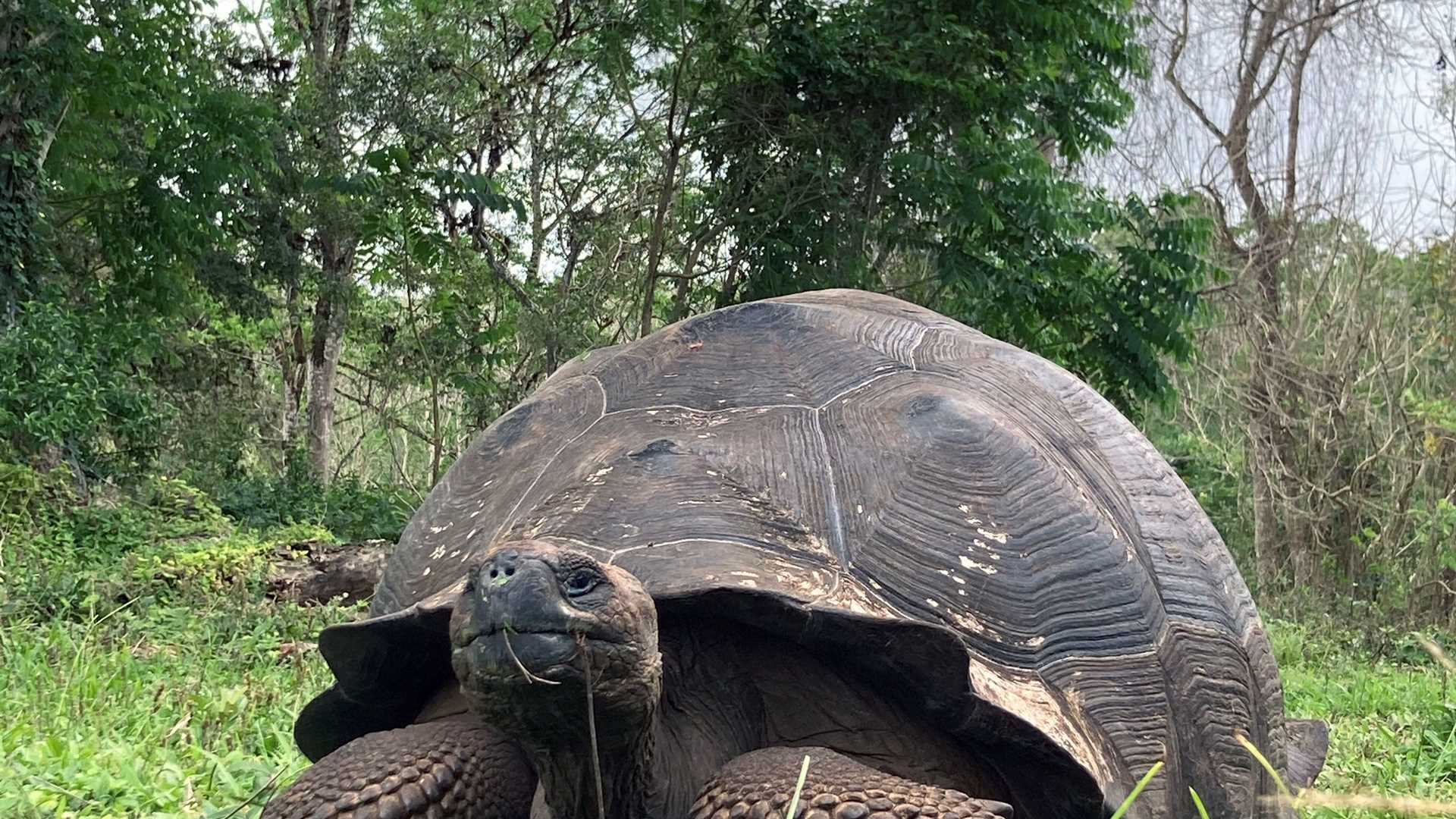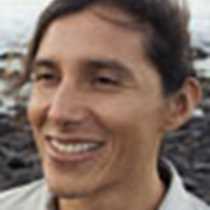Today we disembarked in the north part of Santa Cruz Island and boarded a bus to visit the highlands and search for Santa Cruz giant tortoises. This morning was special because we observed these reptiles in their natural environment. Guests enjoyed great opportunities to practice photography skills on one of the most iconic reptiles found on these islands. We enjoyed amazing talks about the natural history of giant tortoises in the Galapagos Islands, and their role as ecosystem engineers. We ended the first part of our day with a delicious lunch at “El Manzanillo,” a farm owned by a local family. In the afternoon, we had the chance to enjoy the beach at Bowditch Bay. Some guests had a pleasurable time walking the sandy beach while others went swimming and snorkeling along the rocky shore. There, they observed whitetip reef sharks and green sea turtles.
4/17/2024
Read
National Geographic Endeavour II







